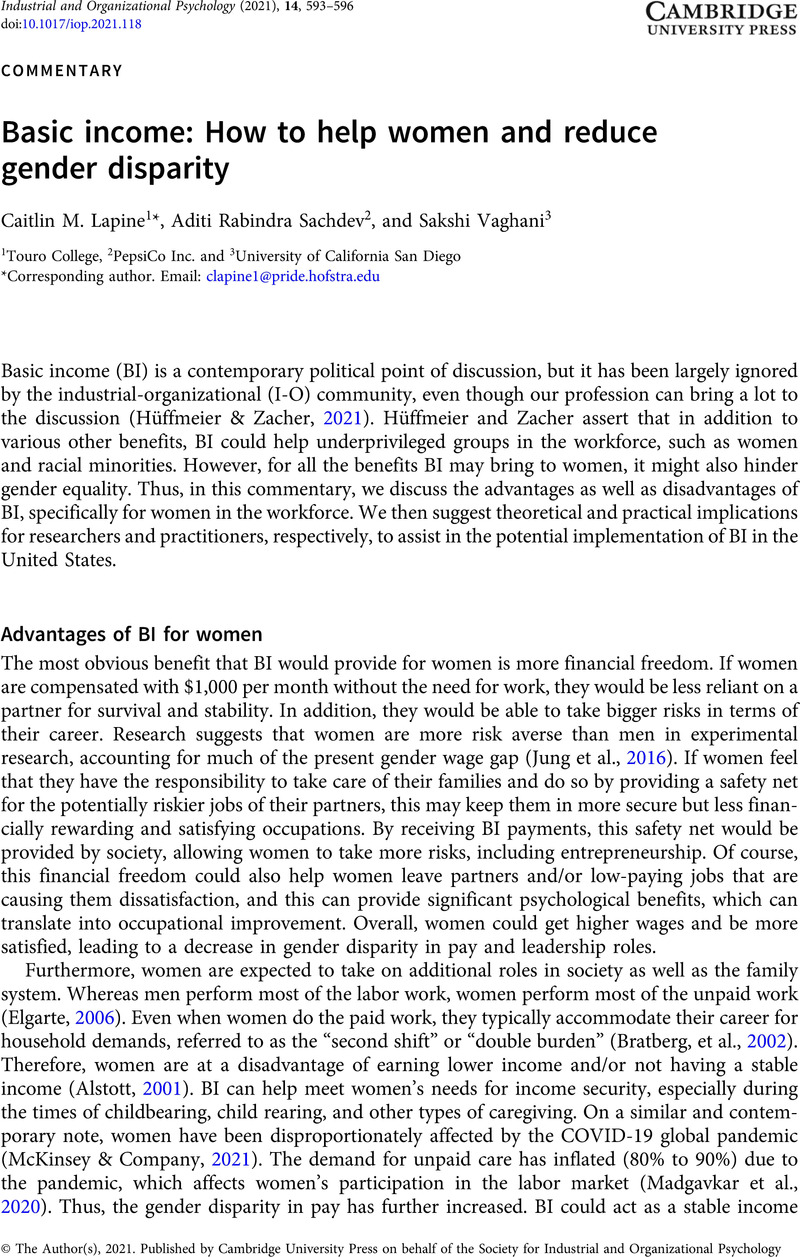Crossref Citations
This article has been cited by the following publications. This list is generated based on data provided by Crossref.
Sachdev, Aditi Rabindra
2024.
Elevating the Voices of Women of Color in the Workplace.
p.
445.



